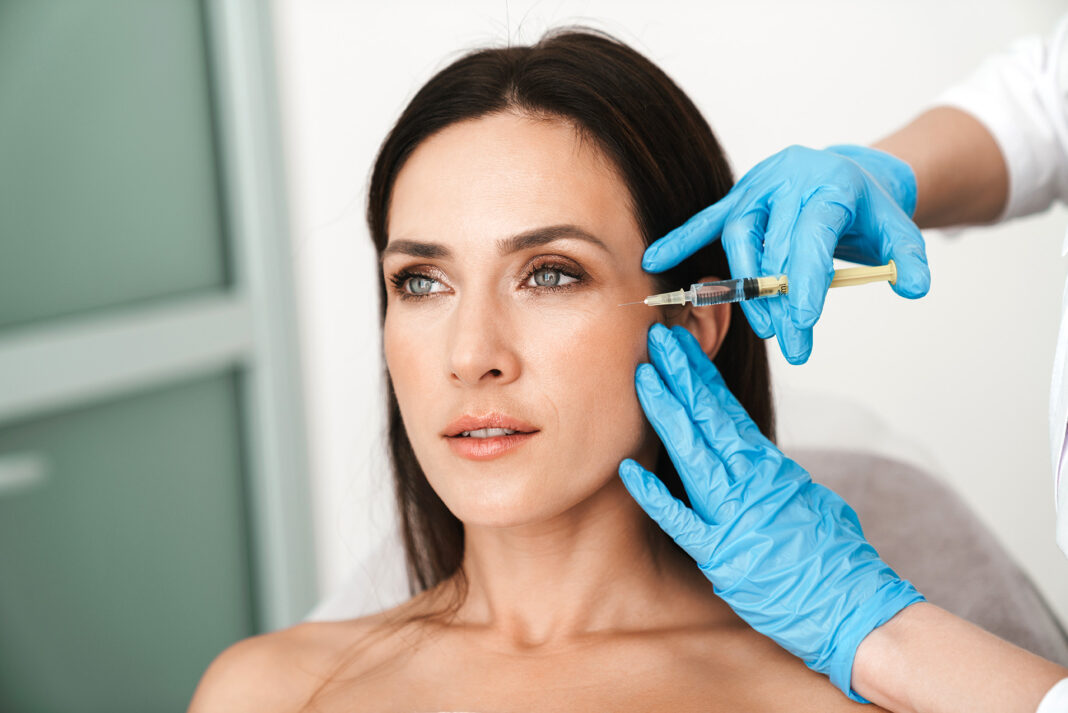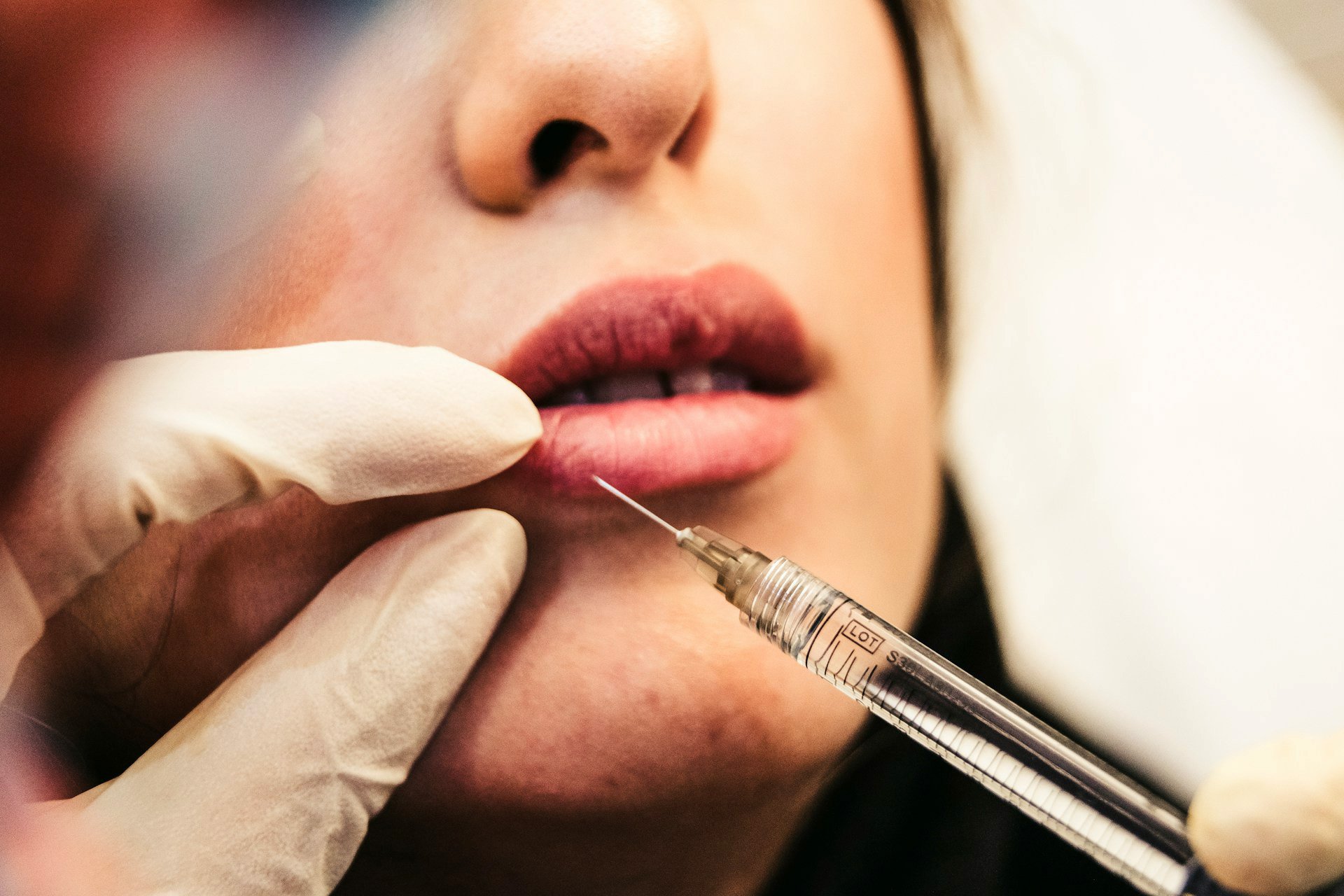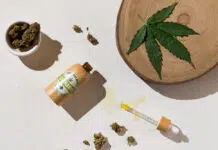Many individuals grapple with the decision between Botox and dermal fillers when seeking youthful skin. Both treatments promise to restore a more youthful appearance, but they work in fundamentally different ways. The right choice for you depends on your aesthetic goals and the specific skin concerns you wish to address.
Understanding Botox: How It Works
Botox is a neuromodulator derived from the bacterium Clostridium botulinum. It temporarily relaxes the muscles in the treated areas, reducing the appearance of expression lines and wrinkles. Common treatment areas include crow’s feet, frown lines, and forehead wrinkles. When used effectively, Botox can create a smoother, more youthful look by minimizing those dynamic wrinkles caused by facial muscle movement.
Results are typically visible within a few days and can last for three to six months. As the effects wear off, the muscles gradually regain their strength, causing wrinkles to reappear. Regular maintenance sessions prolong the youthful appearance achieved with Botox. If you’re considering Botox for wrinkle reduction, consulting a professional at PURE Medical Spa can provide valuable insights tailored to your unique skin requirements. Additionally, personalized treatment plans can ensure optimal results while maintaining a natural and refreshed look.
Exploring Fillers: What You Should Know
Dermal fillers, unlike Botox, are used to restore volume and fullness to specific areas of the face. They can enhance the cheeks, plump the lips, and fill in hollow areas under the eyes. The most common types of fillers are made from substances like hyaluronic acid, which naturally occurs in the body and retains moisture. This treatment adds structure and hydration, providing immediate results.
Fillers can also last from six months to a couple of years, depending on the type used and the area treated. Options like Radiesse offer a versatile approach to facial rejuvenation, allowing for subtle enhancements or more pronounced changes. When considering fillers, it’s important to discuss the desired outcomes and choose a skilled practitioner who understands facial anatomy.
Differences in Treatment Areas
One of the main distinctions between Botox and fillers lies in the areas they effectively treat. Botox excels in reducing fine lines and wrinkles caused by muscle movement. It is ideal for forehead lines, frown lines, and crow’s feet. On the other hand, fillers address volume loss and sagging. They can effectively rejuvenate areas such as the cheeks, lips, and around the mouth.
This difference in application highlights the need for individualized treatment plans. Some clients may benefit from both treatments to achieve their desired look. A thorough consultation with a qualified professional can help determine how to combine Botox and fillers for optimal results, ensuring a balanced and natural appearance.
Duration of Effects and Recovery
The longevity of results between Botox and fillers varies significantly. Botox effects usually last from three to six months, while fillers can provide results that last anywhere from six months to two years. Factors influencing these durations include the type of product used, the area treated, and individual metabolism. Understanding these time frames can aid in planning follow-up appointments and budgeting for maintenance.
Recovery times for both treatments are minimal. Botox may result in slight bruising at the injection sites, but normal activities can usually be resumed immediately. Fillers may cause some swelling or tenderness, which typically subsides within a few days. Both options allow people to return to their daily routines quickly and with minimal downtime, making them attractive choices for those with busy lives.
Potential Side Effects and Considerations
Understanding the potential side effects of each treatment is crucial. Botox may lead to temporary side effects such as headache, bruising, or droopy eyelids. These adverse reactions are generally mild and resolve quickly. Patients should monitor their symptoms and consult their provider if unusual side effects persist or occur.
Fillers come with risks, including lumpiness, bruising, and even allergic reactions. To mitigate these risks, it is essential to choose a licensed and experienced injector. Proper assessment and management of any concerns can ensure a satisfying outcome while minimizing the likelihood of complications.
Cost Considerations for Botox vs. Fillers
The cost of Botox and fillers can vary widely based on several factors, including location, provider expertise, and the type of product used. Typically, Botox is priced per unit, while fillers are charged per syringe. On average, Botox treatments can range from $200 to $600 per session, while fillers can cost from $500 to $1,000 or more.
While cost is a significant consideration, it should not be the sole determining factor. Investing in quality treatments from a reputable provider often leads to safer, longer-lasting results. It’s advisable to have a clear understanding of what each treatment entails financially and to factor in potential future sessions as part of your aesthetic budget.
Choosing between Botox and fillers involves understanding your individual goals and the unique benefits each treatment offers. Making an informed decision can lead to more satisfying and longer-lasting results. Consider discussing your options with a qualified professional who can tailor a plan to your specific needs and ensure that you achieve the best possible outcomes for your aesthetic journey.







